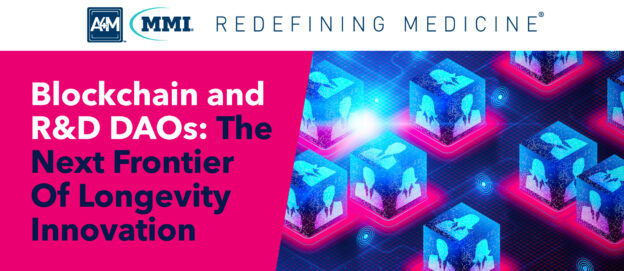The longevity industry is currently undergoing a revolution. As the result of investment from companies like Google and Amazon and some of the world’s top billionaires, there has been a surge in scientific breakthroughs and technological advancements in the field of aging research. An exciting wave of development is happening in research labs across the globe, with a growing number of longevity science companies, technology centers, and forthcoming human trials.
The Longevity Market Today
Expected to reach a market size of $128 billion by 2028, the longevity sector will soon surpass some of the most funded disease categories, such as HIV/AIDS, pediatric disorders, and rare diseases.
Based on 2021 investment figures, this market is already booming. Last year, longevity investment funding in the treatment and rejuvenation categories raised close to $1 billion. The diagnostics category raised around $500 million, while prevention raised $334 million.
Yet, an emerging trend in the investment funding process may have an impact far beyond current projections: decentralized science (DeSci). Blockchain technology has made its way into longevity research, streamlining investment transactions while also creating new models for research trials.
Blockchain and Investing
Blockchain is a distributed database or digital ledger of transactions shared among a computer network’s nodes. The technology was initially developed to support Bitcoin, a cryptocurrency, but it can be used for any transaction or record-keeping system. As a database, a blockchain stores information in a digital format; as a ledger, it provides a secure and decentralized record of transactions that cannot be altered or deleted.
This decentralized infrastructure is already being utilized in the longevity space and has the potential to transform current research and development protocols completely. With the shift from traditional financial systems, blockchain technology enables the cost-effective transfer of funds, eliminating banking charges and increasing the resources available to longevity researchers. In addition, blockchain-based financial systems connect users more directly and allow the secure transfer of funds without a middleman.
Moreover, another blockchain feature demonstrates an under-appreciated yet potentially groundbreaking application in longevity research.
Diving Deeper with DAOs
There is now an effective and secure method for uniting individuals digitally for a common cause: decentralized autonomous organizations (DAOs). They are an entity structure with no central leadership, collectively owned and managed by their members, who typically purchase their voting rights via tokens sold by the organization. Token-holders participate in bottom-up decision-making with votes and other activities, which are publicly visible on the blockchain.
In just the past few years, the implementation of decentralized finance has spurred innovation in longevity research funding through the development of DAOs, such as VitaDAO.
Decentralized Longevity Investor Communities
Biotechnology DAOs are a burgeoning category on the blockchain; however, several successful organizations already exist, including LabDAO, PsyDAO, GenomesDAO, and VitaDAO. The latter has garnered significant media attention and the support of key industry players, including one of the world’s premier biopharmaceutical companies, Pfizer. Recently, Pfizer Ventures applied to the community-owned collective’s Institutional Genesis Raise, proposing a $500k investment and participation in the governance of VitaDAO using $VITA tokens.
The team behind VitaDAO is on a mission to democratize longevity and provide an alternative to traditional patents and a much-indeed investment vehicle for early-stage research projects. With monumental potential, this developing technology is attracting a growing number of organizations and spurring new projects and research innovations.
Key Takeaways
Blockchain’s potential for longevity research has yet to be fully realized, although it currently provides a new research and development model that allows for more transparency, accountability, and collaboration. The results are increased efficiency and collaboration among longevity researchers worldwide at all stages of development—from concept inception through product commercialization. As the technology evolves, more use cases will emerge that could have transformative effects across the healthcare ecosystem.

